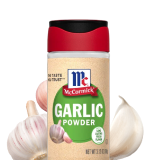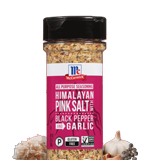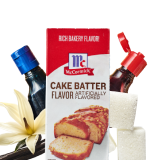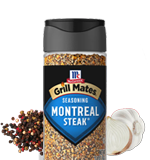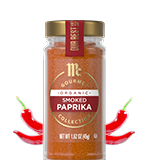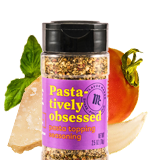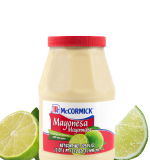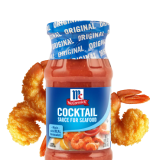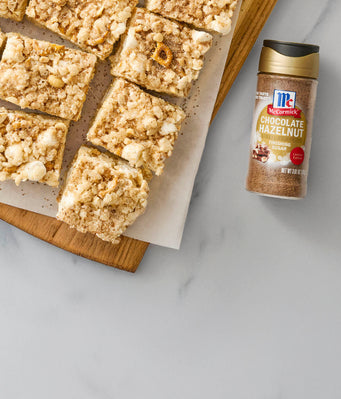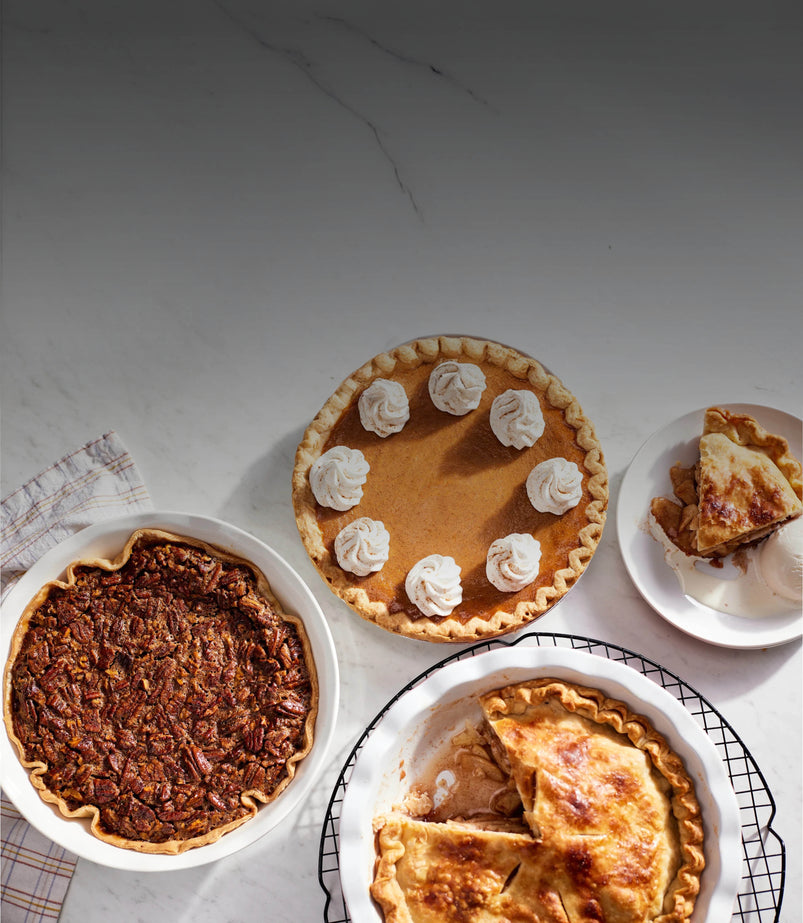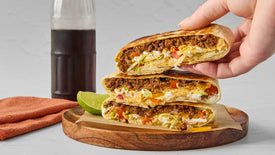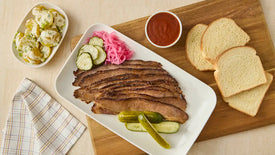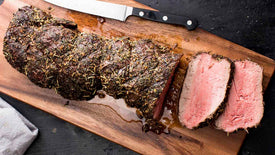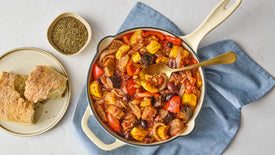
Get to Know Your Cooking Oils

By: Brier Barclay
September 29, 2025
Instructions
Grocery store shelves have a bewildering array of cooking oils, but which types of oils do you need for which meals? Here's a handy guide to choosing the best cooking oils for your kitchen.
Understanding Cooking Oil
Cooking oil creates a barrier between food and pan that prevents burning. It also brings its own subtle flavor to your dish.
One of the most important factors when choosing oils is how heat affects their fat content. Each oil has a heat threshold where it starts to break down, smoke, and develop off-flavors. Oils with a high smoke point belong in your high-heat wok.
The Best Oils to Cook With
Let's break down the pantry heavy hitters. Olive oil, with its fruity complexity, shines at medium temperatures or drizzled raw over finished dishes. Its smoke point ranges from 320°F upward, making it perfect for gentle sautéing but less ideal for serious searing.
Canola oil is a kitchen workhorse with neutral flavor and a 400°F smoke point that makes it a good all-rounder. Similarly, generic vegetable oil, typically a blend of plant oils, is another general-use kitchen asset.
Coconut oil works in sweet and savory applications at temperatures up to 350°F. It's often used in confectionery items like these Strawberry Coconut Ice Cream Sandwiches.
Oil Quality
It's not just what oil's made of that matters, but how it's made. For example, cold-pressed oil is extracted purely by squeezing seeds, nuts, or olives rather than using heat. Virgin or extra-virgin olive oil is produced this way.
Another term — unrefined — applies to oils that skip post-extraction treatments like bleaching or deodorizing. They're tastier, but the downside is they sometimes spoil faster. Both steps preserve more nutrients and flavor.
Best Cooking Oils for Frying
When frying, you want oils with high smoke points that ensure food crisps beautifully without burnt undertones. Avocado oil is the high-heat champion, withstanding temperatures up to 520°F.
Peanut oil, with its 450°F smoke point and subtle nuttiness, makes exceptional deep-fried food for special occasions. Use it for a deep-fried version of these Crispy Air Fryer Smashed Potatoes.
Cooking Oil for Baking
For baking, consider how the flavor of an oil complements your creation. Neutral oils like canola or vegetable oil let other ingredients shine, while coconut oil adds richness to cookies and quick breads. Some oils are useful for subtle flavors, like hazelnut oil.
Finishing Oils
Not all oils are destined for the pan. Some are perfect for adding after cooking (or to uncooked food). Olive oil is great on salads or dashed into soups. Avocado oil also makes a great vinaigrette for treats like this Southwestern Crispy Rice Salad.
Flaxseed oil and nut oils like peanut are perfect for finishing food. Toasted sesame oil is great on Asian salads (just a few drops), but shouldn't see heat. For cooking, use light sesame oil.
Storing Your Cooking Oil
Store oils away from heat and light, preferably in dark glass bottles or tinted containers. Most oils stay fresh about a year when properly stored, though delicate nut oils turn rancid more quickly.
Understanding cooking oils transforms you from tentative cook to confident chef who knows which bottle to reach for. Each oil brings its own personality. Getting to know each of them means you'll never feel confused in the grocery store again.
More Cooking Oil Recipes
Whether you're marinading, dressing, or infusing bread, there's an oil for you. Try these recipes for inspiration.

